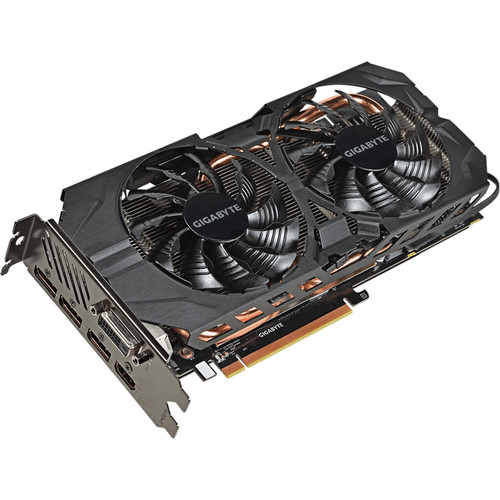
That's GeForce 7 and Radeon X1000 and earlier - basically anything from before 2007. We sorted the table by the theoretical GFLOPS, though on architectures that don't support unified shaders, we only have data for "Gops/s" (giga operations per second). The list below is mostly intended to show relative performance between architectures from a similar time period. Note that we also don't factor in memory bandwidth or features like AMD's Infinity Cache or Nvidia's larger L2 cache on Ada Lovelace. We have not tested most of these cards in many years, driver support has ended on most of these models, and the relative rankings are pretty coarse. You can use these older results to help inform your purchase decisions, if you don't typically run the latest games at maxed out settings.Ģ020–2021 GPU Hierarchy (No Longer Updated) Header Cell - Column 0īelow is our legacy desktop GPU hierarchy dating back to the late 1990s.
#R9 390 VIDEO CARD BENCHMARK 1080P#
We won't be adding future GPUs to this table, so there's no RTX 40-series, RX 7000-series, Arc, 3090 Ti, 6950 XT, 6750 XT, or 6650 XT, but it does help to provide a look at a slightly less demanding suite of games, where 6GB or more VRAM isn't generally required at 1080p ultra settings.

These results have not been updated since early 2022, when we added the RTX 3050 and RX 6500 XT to the list.

All of the scores are combined (via a geometric mean calculation) into a single overall result, which tends to penalize the fastest and slowest GPUs - CPU bottlenecks come into play at 1080p medium, while VRAM limitations can kill performance at 4K ultra. The results below are from our previous version of the GPU benchmarks hierarchy, using a different test suite and test PC (Core i9-9900K) and combining results from nine games with six resolution and setting combinations.


 0 kommentar(er)
0 kommentar(er)
